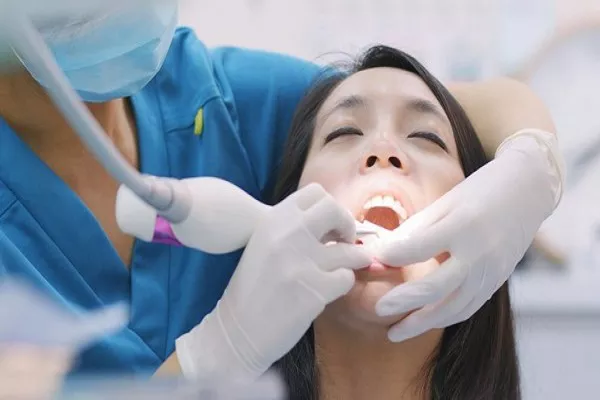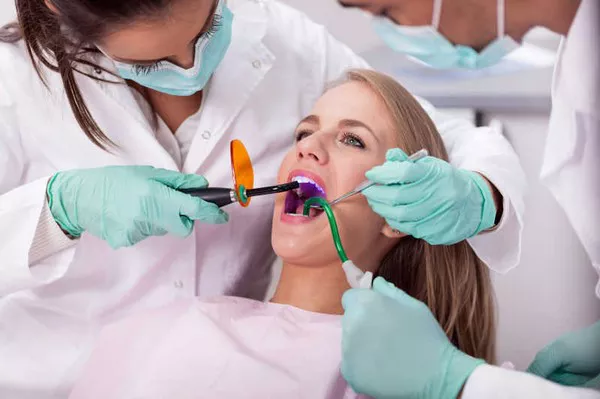Periodontal disease, also known as gum disease, is a common dental condition in cats. It affects the tissues that surround and support the teeth, leading to inflammation, bleeding, and eventual tooth loss. While periodontal disease is common in cats, it is also preventable and treatable with proper care and attention. In this article, we’ll discuss how to treat cat periodontal disease, its causes, and offer some advice for cat owners.
Causes of Cat Periodontal Disease:
Cat periodontal disease is caused by a buildup of plaque and tartar on the teeth. When food particles and bacteria combine to form plaque on the teeth, it can harden into tartar, which is difficult to remove without professional dental care. Tartar buildup can lead to inflammation of the gums, a condition known as gingivitis, which can progress to periodontal disease.
In addition to tartar buildup, other factors that can contribute to cat periodontal disease include genetics, age, poor nutrition, and certain medical conditions.
Treatment for Cat Periodontal Disease:
Treatment for cat periodontal disease typically involves a combination of professional dental care and at-home care. Here are some steps you can take to treat cat periodontal disease:
- Professional Dental Care: A professional dental cleaning by a veterinarian is often the first step in treating cat periodontal disease. During the cleaning, the vet will remove tartar buildup and assess the overall health of your cat’s teeth and gums.
- Antibiotics: If your cat’s periodontal disease has progressed to the point of infection, your vet may prescribe antibiotics to help fight the infection and promote healing.
- At-Home Dental Care: After a professional dental cleaning, it’s important to establish a regular at-home dental care routine to prevent further buildup of tartar and plaque. This can include brushing your cat’s teeth with a toothbrush and toothpaste designed for cats, providing dental chews, and offering a healthy diet.
- Regular Dental Check-Ups: Regular dental check-ups with your veterinarian can help identify and treat periodontal disease early, preventing further progression and potential tooth loss.
Advice for Cat Owners:
Preventing periodontal disease in cats is much easier than treating it. Here are some tips for preventing periodontal disease in your cat:
- Regular Dental Care: Establish a regular dental care routine for your cat that includes brushing their teeth, providing dental chews, and offering a healthy diet.
- Regular Veterinary Check-Ups: Regular check-ups with your veterinarian can help identify and treat periodontal disease early.
- Healthy Diet: A healthy diet can contribute to overall dental health in cats. Avoid feeding your cat table scraps and sugary treats, and provide them with a balanced diet that meets their nutritional needs.
- Monitor for Symptoms: Monitor your cat for symptoms of periodontal disease, such as bad breath, bleeding gums, and loose teeth, and seek veterinary care if you notice any concerning symptoms.
In conclusion, cat periodontal disease is a common dental condition that can be prevented and treated with proper care and attention. With regular dental care and veterinary check-ups, cat owners can help keep their cat’s teeth and gums healthy and prevent further progression of periodontal disease.































